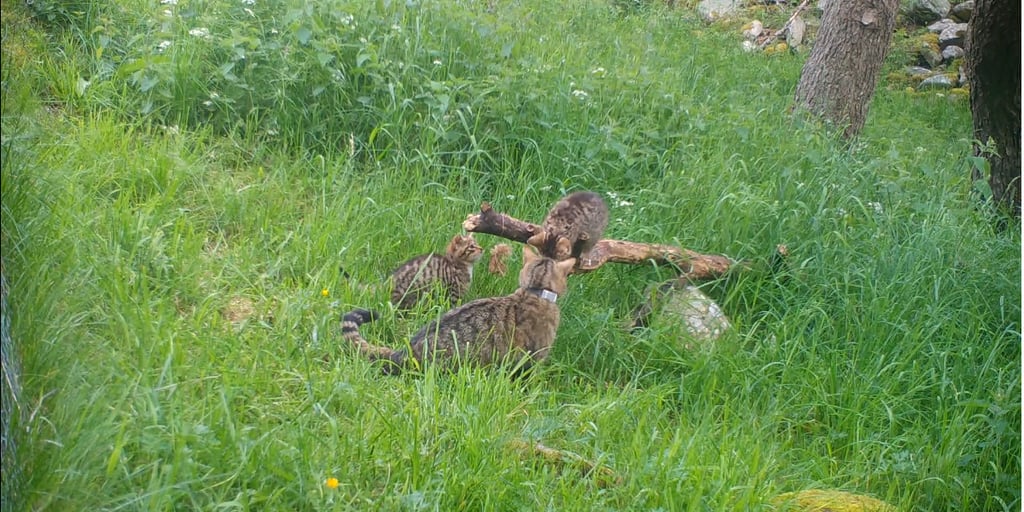Four wildcats released into the wild as part of Scotland’s pioneering scheme to save the species are known to have died since the programme was launched.
The captive-bred wildcats, which were all female, died from a range of causes including an infection, starvation and being struck by a vehicle after being released into the wild.
In the most recent case, the only death recorded so far in 2025, a wildcat had to be put to sleep after suffering “severe injuries from an unknown cause”.
One young kitten born in the wild as part of the programme is also known to have been killed last year, understood to have been as a result of being struck by a vehicle on a road.
The Saving Wildcats project, led by the Royal Zoological Society of Scotland (RZSS) which also runs Edinburgh Zoo, was set up after a report in 2018 found that Scotland’s wildcat population was “functionally extinct”.
The so-called “Highland tigers” were bred at the charity’s Highland Wildlife Park and the first generation was released into the Cairngorms National Park in summer 2023 under licence from NatureScot.
A total of 19 captive bred wildcats were released in the first year followed by a further nine last year, while this year’s batch of releases is currently underway at secret locations.
Despite the recorded deaths, the scheme has exceeded expectations as it was anticipated the animals may have a 50 per cent mortality rate. And, at least nine of the released females have gone on to have kittens.
A spokesperson said: “We are aware of one mortality this year and four mortalities of released wildcats in total.
“One occurred in 2023 to a released female. Sadly, an additional two individuals died shortly after their release in 2024.
“A further mortality occurred in 2025 to another female wildcat who was found to have sustained severe injuries from an unknown cause. Due to the severity of these injuries, the decision was made to euthanise her.
“As the kittens born in the wild are not fitted with GPS-radio collars due to the fact that they are still growing, we have not been able to continually follow their progress.
“The team were made aware of one young kitten that was assumed to have died as a result of a road traffic accident in 2024.
“Although unfortunate, the project has experienced a lower number of mortalities than would be expected given the experience of similar projects internationally.”
Last year, seven females released by Saving Wildcats, named Arwen, Clawra, Haggis, Lorne, Mareel, Neep and Tattie, are known to have produced “wild-born kittens”.
So far this year, Arwen, Mareel and Tattie have had kittens for the second year in a row while two others known as Sully and Callie became first time mothers.
Several of the other females have been exhibiting behaviour that could indicate that they too have had kittens not yet recorded.
The Saving Wildcats team are studying camera-trap footage, data from GPS-radio collars and public sightings for clues to further births.
The spokesperson added: “The birth of kittens in the wild constitutes a major milestone for wildcat recovery in Scotland.
“These births demonstrate that the process of breeding wildcats for release into the wild is working, as those released animals have learned to hunt and survive, and now reproduce in their first breeding season, a clear indication that they are doing well.”
 Photo courtesy of RZSS
Photo courtesy of RZSS
Like Loading…
Related
